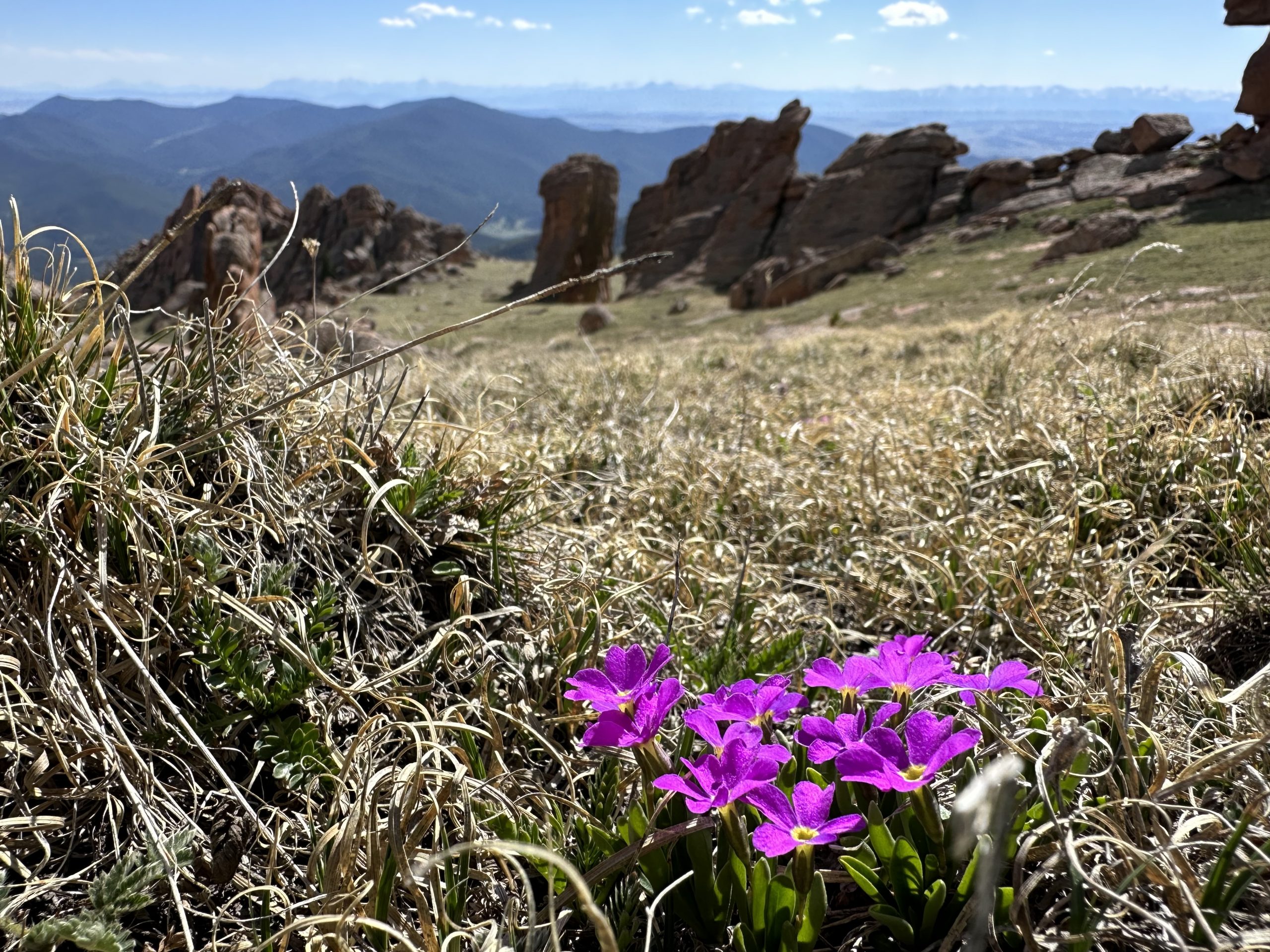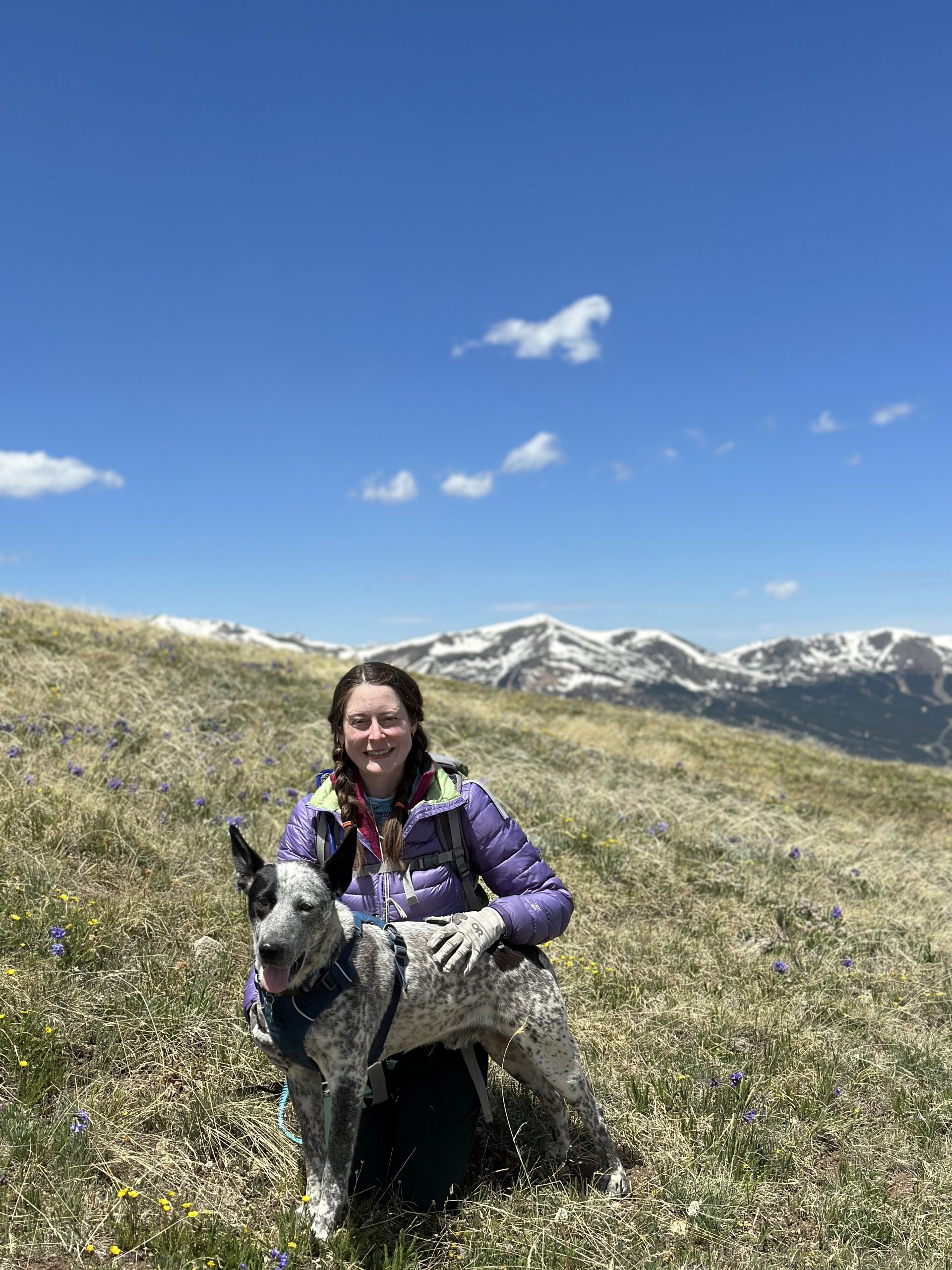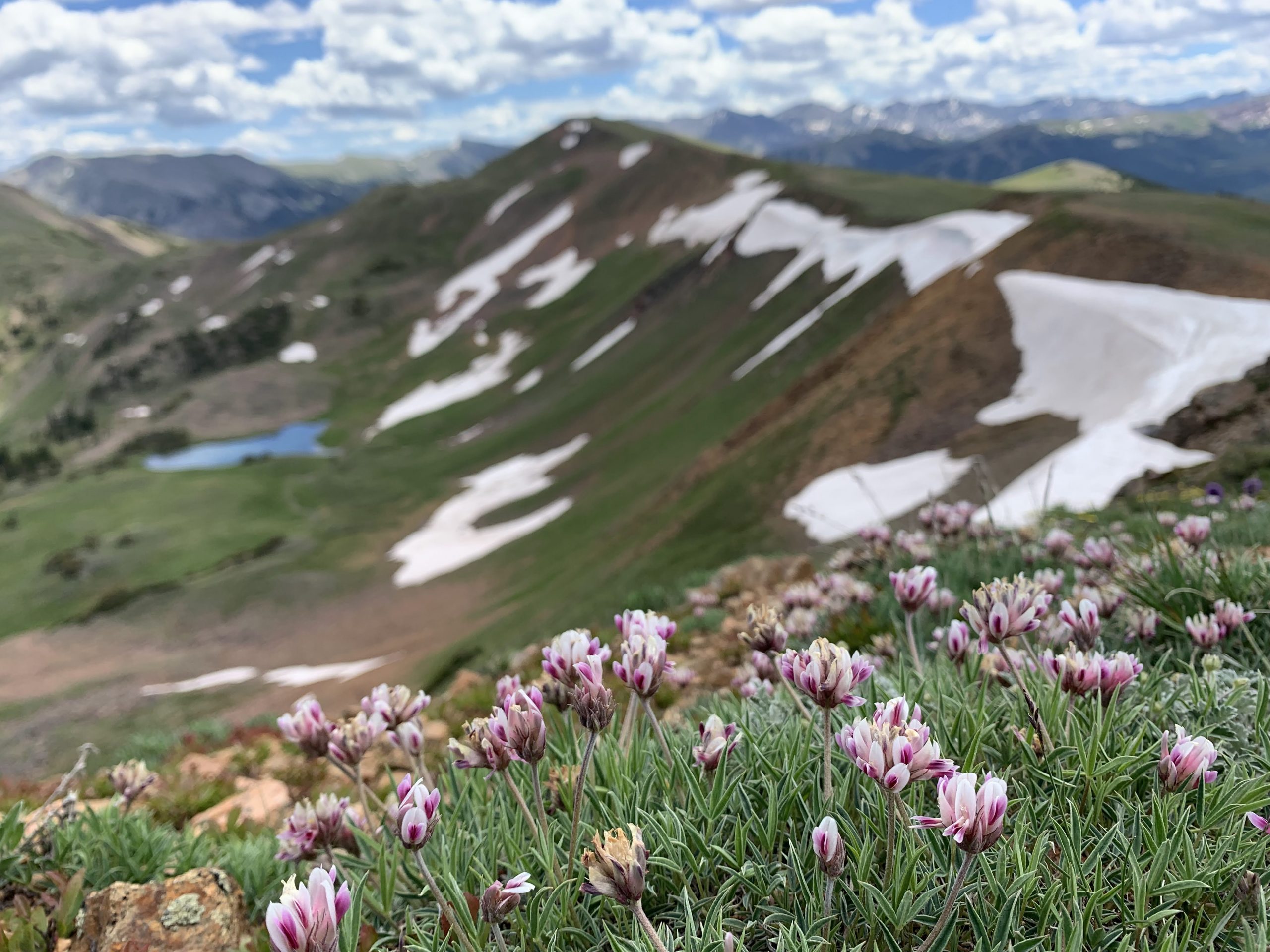Emily Griffoul
Our July Conservation Champion, Emily Griffoul, is dedicated to the conservation of rare and endangered alpine plant species through her work at Betty Ford Alpine Gardens. These vulnerable alpine species face severe impacts from climate change and other threats, which must be countered in order to protect the plants that call these special high-elevation habitats home. Emily’s work centers on the North American Strategy for Alpine Plant Conservation–a blueprint for the protection of alpine plants, with a focus on the role of botanic gardens in their preservation. As Emily states, “saving rare and imperiled plants is a collaborative effort that necessitates a lot of people, institutions, skills, and motivations.” We are grateful to have Emily as a partner in our shared mission to Save Plants from extinction.
When did you first fall in love with plants?
I’ve always loved being outdoors, and I was lucky enough to spend a lot of time in my family’s gardens growing up. Looking back, it seems almost fated that I would end up at a botanical garden! One of my earliest memories is of visiting the beautiful Longwood Gardens, which really made an impression on me. Growing up in California, I also had the opportunity to explore many different ecosystems, from the rolling oak woodlands of the Bay Area to majestic coastal redwoods to the mountains of the Sierra Nevada. I believe this sparked my interest in ecology even before I knew what that meant.
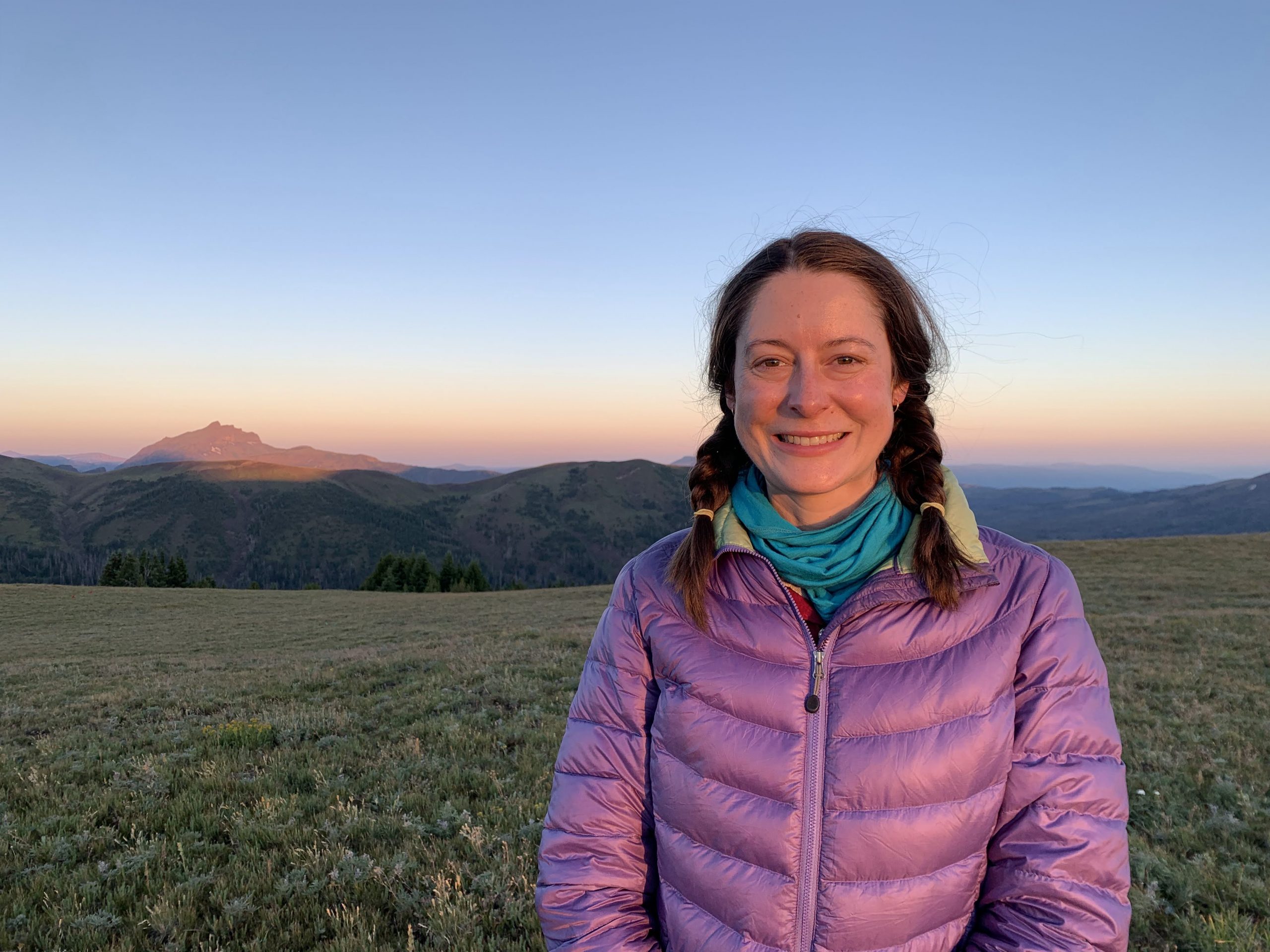
What was your career path to Betty Ford Alpine Gardens?
I attended Colby College in Waterville, Maine, partly because of the strong environmental science and biology programs. There, I took a Woody Plants course with Dr. Judy Stone, which sounds like it could be brutal—identifying trees by bark in a Maine winter? But I was hooked. I loved being outside and getting to know plants on a whole new level. Dr. Stone also hired me for my first job out of college, working in Costa Rica to observe pollinators in common gardens at different elevations. Through this experience, I fell in love with field work and hands-on science, and it cemented my decision to pursue a career in ecology.
After an internship with the Conservation and Land Management program at Chicago Botanic Gardens and a stint at the USGS conducting vegetation surveys in the Mojave desert—where I was amazed by tiny, specialized plants adapted to an incredibly harsh environment—I headed to graduate school at the University of California, Irvine. I received a Master of Science degree in Ecology and Evolutionary Biology, focused on ecophysiology and the mechanics of invasion ecology.
Following school, I moved to Chicago, working as a research assistant at the Morton Arboretum in the Center for Tree Science, where I set up a sensor network to monitor tree sap flow and phenology. However, I’ve always loved the West, and I became interested in alpine plants for similar reasons as desert plants: they are small, tough, and adapted to a brutal climate. I was thrilled to join Betty Ford Alpine Gardens in 2020 as the Conservation Scientist, where my main role is to implement the North American Botanic Garden Strategy for Alpine Plant Conservation.
In your experience, what are some of the pressing conservation needs impacting North America’s rare and native alpine plants?
While there are many threats to alpine plants—including recreation, development, and mining activity—climate change is by far the most significant. This is a threat that transcends national and conservation boundaries. No plant is immune, whether in a garden collection, a wilderness area, or on national forest land. The alpine ecosystem faces a unique set of challenges, warming faster than other terrestrial ecosystems, and rare alpine plants are in danger of losing their habitat or being outcompeted by lower-elevation species making their way into this previously inhospitable region.
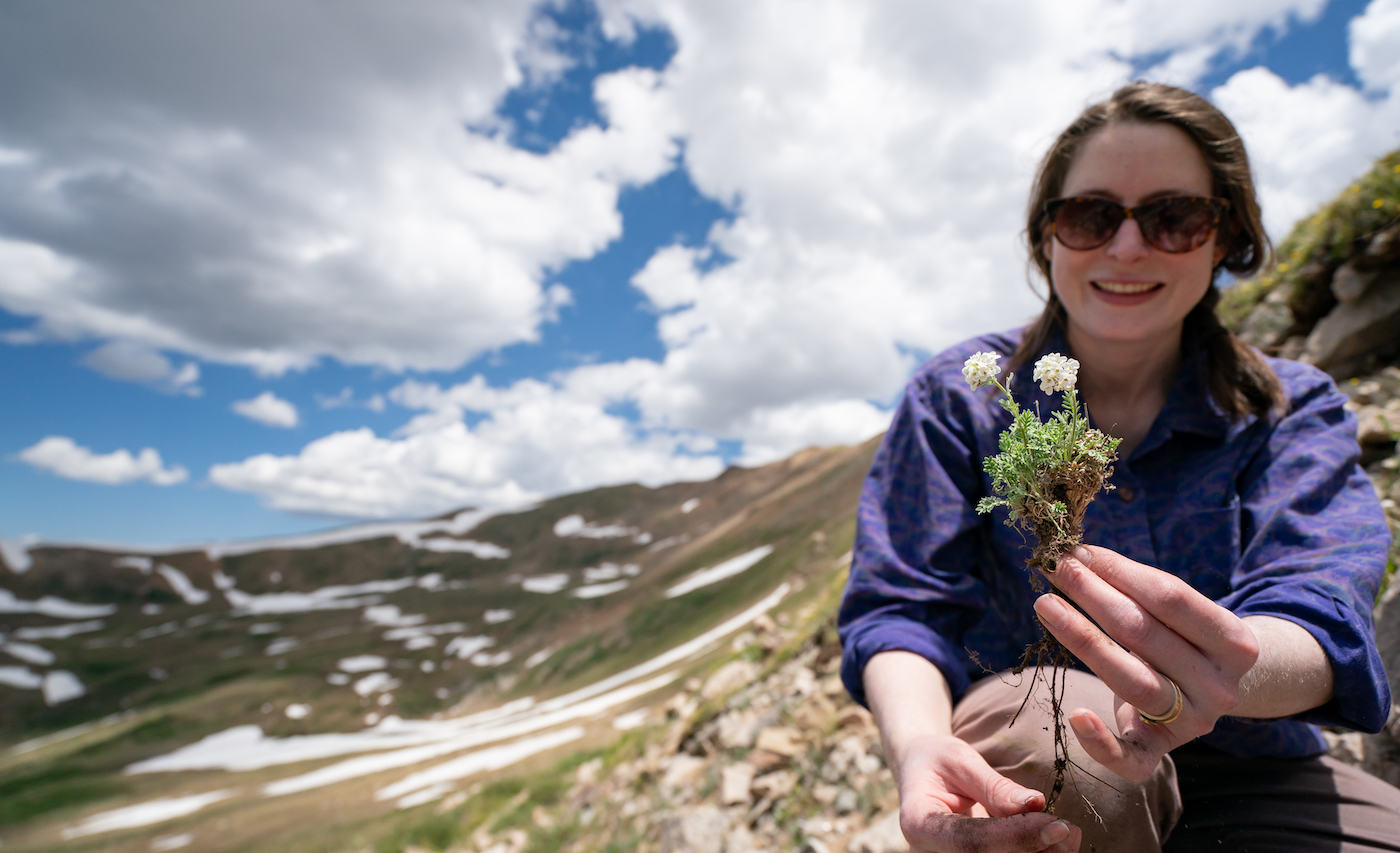
What conservation project(s) are you currently working on? What successes or challenges have you encountered in your work?
My work here at the Gardens focuses on the North American Strategy for Alpine Plant Conservation—a blueprint for the protection of alpine plants, with a focus on the role of botanic gardens. Through understanding and documenting alpine plant diversity and performing in-situ and ex-situ conservation projects—including seed banking, habitat monitoring, and building connections across institutions—we aim to conserve and protect alpine plants in response to the threats they face. Botanic gardens are at the intersection of science and the public, and they play an important role in advocating for the alpine and specialized plants that call these high-elevation habitats home.
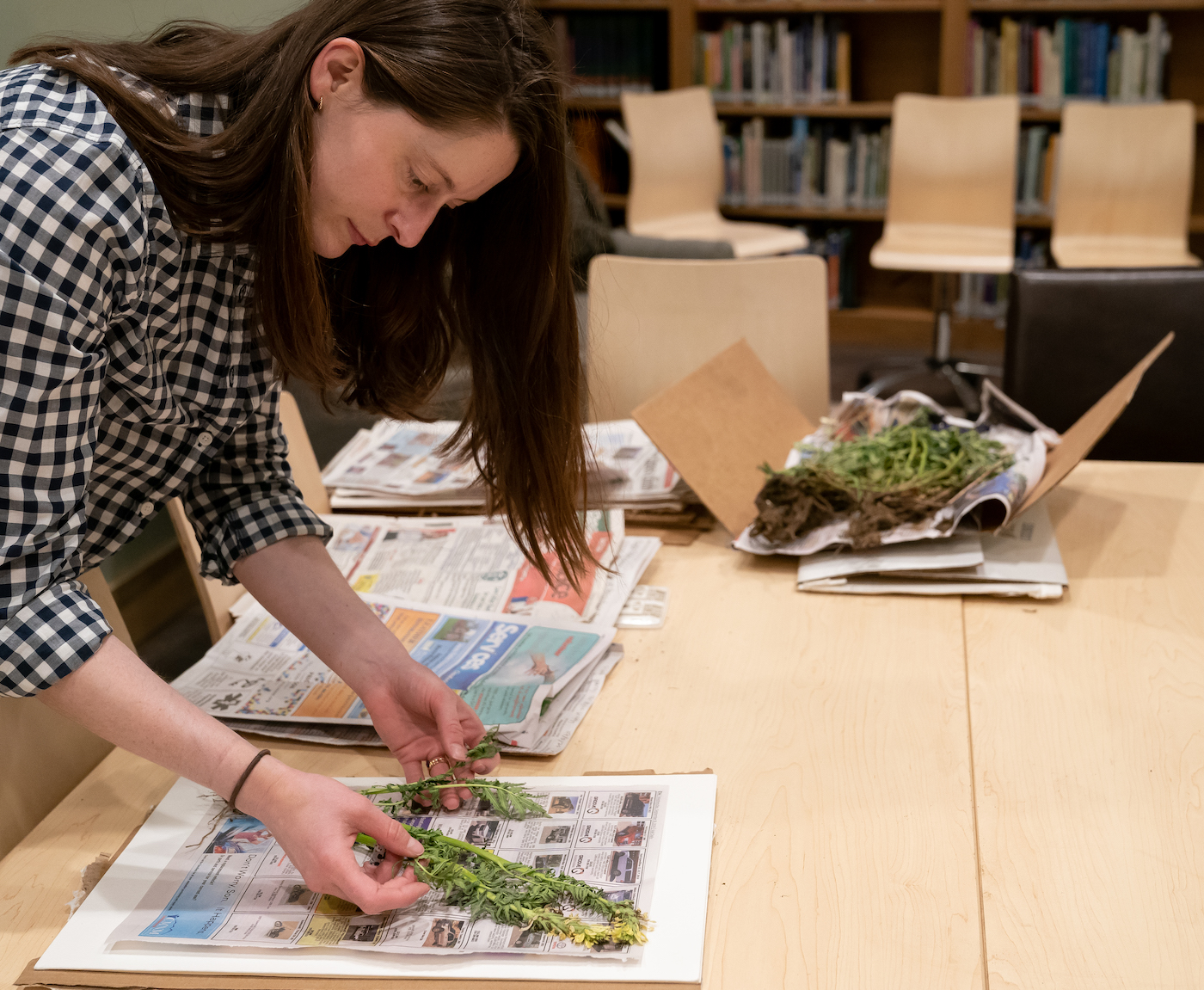
What conservation project(s) are you currently working on? What successes or challenges have you encountered in your work?
My work here at the Gardens focuses on the North American Strategy for Alpine Plant Conservation—a blueprint for the protection of alpine plants, with a focus on the role of botanic gardens. Through understanding and documenting alpine plant diversity and performing in-situ and ex-situ conservation projects—including seed banking, habitat monitoring, and building connections across institutions—we aim to conserve and protect alpine plants in response to the threats they face. Botanic gardens are at the intersection of science and the public, and they play an important role in advocating for the alpine and specialized plants that call these high-elevation habitats home.
What advice would you give to those who wish to learn more about how they can help save imperiled plant species?
Making connections across institutions and disciplines is essential. Saving rare and imperiled plants is a collaborative effort that necessitates a lot of people, institutions, skills, and motivations. Plus, I think it is so important to mentor the next generation of botanists and ecologists! I have been incredibly lucky to have mentors and teachers give me a chance to explore hands-on field work, and it truly has changed my life.
